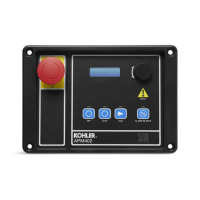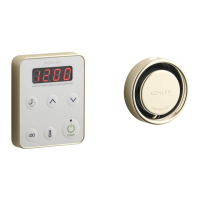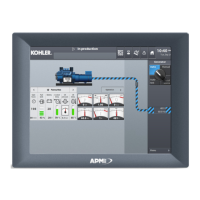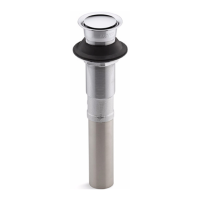2 — INSTALLATION AND WIRING
Curtis AC F2-A, F4-A, F6-A Motor Controllers – FOS 4.5 – April 2022 Return to TOC
pg. 12
Rotor Position feedback
e rotor-position sensor’s wiring (+5V, Feedback A, Feedback B, and Ground) should be bundled
together between the motor and controller. ese wires are oen run with the rest of the low current
wiring harness without interference issues, but the encoder wires should not be routed near the motor
cables. In applications where this is not possible or there is signal interference, twist the encoder
signal wires. In cases using a shielded cable (e.g., shielded 2-wire twisted-pair with drain-wire), only
ground the shield-drain wire at the controller ground. In cases where this is not possible, consider
a dierent controller.
CANbus
Use twisted-pair wires for the CANbus connections. Keep the CAN wiring away from the high
current cables and cross them at right angles when necessary. In extreme cases, use shielded cable
with the shield connected to the controller I/O ground and only on the controller side for the non-
isolated controller models.
e 35-pin AMPseal controllers allow the implementation of both 11-bit identiers (CANopen)
and 29-bit identiers (e.g., J1939), and/or dierent baud rates to support a high-speed CANbus for
safety or data logging.
An isolated CAN option uses a separate (isolated) CANbus ground reference, which is useful on
vehicles with CANbus systems operating at dierent battery voltages. It avoids common mode noise
issues. e isolated ground is provided for twisted pair shielding, and may not be needed. When
using shielded wiring, only connect the shield’s drain-wire to isolated ground. On controllers with
two CAN ports, the option always includes both CAN1 and CAN2 as isolated CAN.
All other low power wiring
Use standard vehicle-harness routing practices for the remaining connections. When designing the
vehicle’s wiring and routing, keep the inputs such as the throttle, temperature, and the motor feedback
signals separate from controller’s output lines such as the coil driver outputs. Avoid routing the low-
power wiring parallel to the high power (and high current) battery and motor cables.
Protected voltages
e low-power pins’ protected voltage ratings listed in Tables 4 and 5 are absolute and are not for normal
operation. To prevent damage to the controller, do not connect (i.e., short circuit) the Coil Supply to
battery negative. Further, do not connect (i.e., short circuit) the I/O Ground to battery positive.
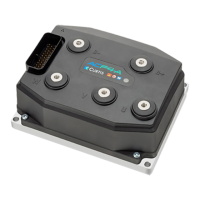
